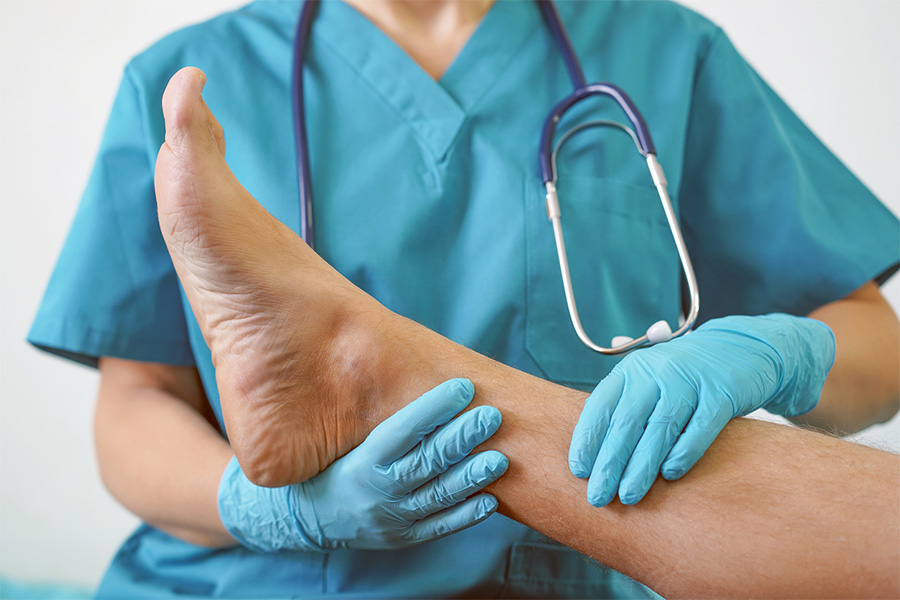Obesity refers to being significantly overweight than what is recommended based on your height. A person is considered obese when they have a body mass index (BMI) of 30 and more. Although obesity is linked to many diseases, such as heart disease, type 2 diabetes, and high blood pressure, this condition also contributes to foot and heel pain. Having excess weight puts unnecessary strain on your hips, knees, ankles, and other joints in the lower extremities.
Obesity and Common Foot Conditions
Plantar Fasciitis
Plantar fasciitis is the inflammation of a fibrous ligament called plantar fascia. This thick piece of connective tissue extends from the heel bone to the front of the foot. The inflammation is caused by wear-and-tear of the ligament due to increased pressure and strain.
Obesity places tremendous stress on the feet, which can trigger this painful condition. Symptoms include a stabbing pain when standing or walking, especially after waking up or after long periods of inactivity.
Hallux Valgus or Bunions
According to a recent study, 25% of obese participants experienced hallux valgus. This forefoot deformity, also called a bunion, is characterized by the migration of the big toe sideways toward the second toe. It also causes a protrusion on the outside of the big toe. The lateral bend consequently results in a bump that can appear red, be painful, and cause pain when wearing footwear. Overweight and obese individuals are at an increased risk of this condition. Carrying excess weight can cause overpronation, which may lead to bunions.
Hammertoe
Hammertoe is another foot deformity resulting from the imbalance of muscles, tendons, and ligaments around your toe joint. A hammertoe, commonly occurring in the middle three toes, causes the middle joint of the toe to buckle and abnormally bend. At some point, the hammertoe will begin to become rigid, painful, and immovable. A common cause for this deformity is ill-fitting shoes, although the risk also increases if you are flatfooted or obese.
Childhood Obesity
Foot pain due to obesity is not limited to adults. Obese children are at a high risk of foot problems later on in life as being overweight can affect their physical development. Pediatric obesity also increases the risk of stress fractures and Sever’s disease. Obesity also increases the chances of developing flat feet. This can make children experience calf or arch pain. Furthermore, excess weight can result in a higher disproportional load and impact on the midfoot area and a reduction of the foot arch index, which results in excessive foot loading.
Weight Loss and Foot Pain Relief
We know that obesity is linked to greater stress on the feet. Studies indicate that even a modest weight loss can significantly reduce the pressure and strain on the lower extremities. Striving to have a healthy weight can alleviate foot pain and prevent further damage and symptoms.
Treating Foot Pain in Cincinnati
Aside from maintaining a proper diet and losing weight, learning about your foot condition and getting a diagnosis will help you take care of your feet better. If you are suffering from any sort of foot pain, whether it’s caused by obesity or not, do not hesitate to contact the expert podiatrists at Cincinnati Foot and Ankle Care.
Our clinics are conveniently located across southwest Ohio. Give us a call at your preferred location today. You may also request an appointment online.





